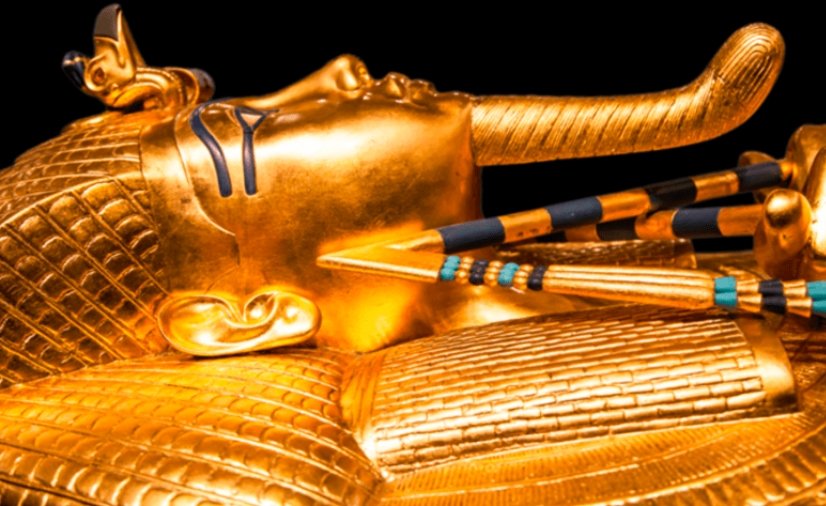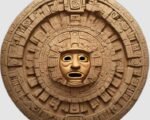The famed golden burial mask of Pharaoh Tutankhamun, a symbol of ancient Egyptian royalty, may not have originally been crafted for the boy king himself, according to new findings by researchers from the University of York. An investigation into the mask’s structure has revealed the presence of earring holes — a detail considered uncharacteristic for an adult male in ancient Egypt, raising questions about its intended recipient.
A Mystery Hidden in Plain Sight
Since the discovery of Tutankhamun’s tomb in 1922 by archaeologist Howard Carter, the boy king and his burial treasures have captivated the world. However, this recent study, spearheaded by Egyptologist Professor Joann Fletcher, suggests that the mask’s iconic face may not have been designed for Tutankhamun. Instead, Fletcher’s team believes that the faceplate could have been reassembled from another mask originally meant for a high-status female or a young royal, perhaps even the renowned Queen Nefertiti.

Earring Holes: A Clue to the Mask’s Origins
The mask’s design anomaly lies in the small earring holes, a detail rarely seen in artifacts meant for male Egyptian rulers. In ancient Egypt, earrings were often associated with women or young children, making the holes on Tutankhamun’s mask an unusual feature. This discovery led Fletcher and her team to further inspect the mask’s materials, finding that the face and the surrounding elements were constructed from different types of gold. According to Fletcher, “The gold on the face is of a different composition from the rest of the mask, suggesting a grafting process to attach it.”
Evidence of Mask Reassembly
The re-examination revealed what researchers described as “evidence of soldering,” with visible joins where the faceplate was likely affixed to the mask’s structure. This technique of attaching pieces to create a composite mask hints at a rapid reassembly process, perhaps a response to Tutankhamun’s unexpected death at a young age. The prevailing theory suggests that his funerary mask may have been hastily modified from a mask originally intended for another high-ranking individual, potentially Nefertiti, who remains one of Egypt’s most enigmatic figures.
Could the Mask Belong to Nefertiti?
While the identity of the original mask owner remains unconfirmed, one popular hypothesis among researchers is that it was created for Nefertiti. Known as a powerful queen and possible co-regent with Pharaoh Akhenaten, Nefertiti’s burial site and final resting place remain unknown. Her close connection to the royal family and high status make her a plausible candidate for the original mask owner.
Reconsidering Tutankhamun’s Legacy
This new evidence offers fresh insight into the practices surrounding royal burials and artifact repurposing in ancient Egypt. If the mask was indeed adapted for Tutankhamun, it sheds light on the importance of appearance and symbolism in honoring deceased royalty, even when practicality required modifications.














